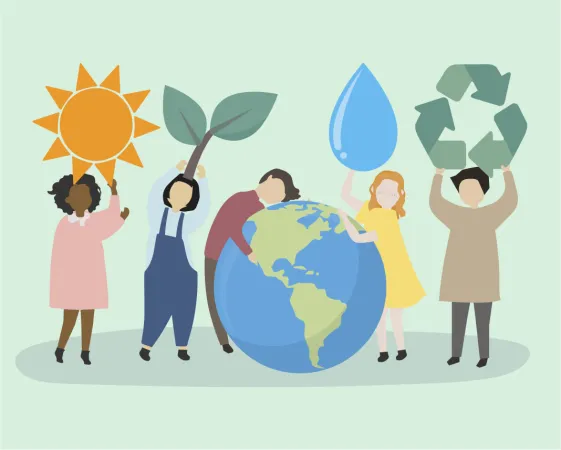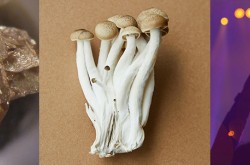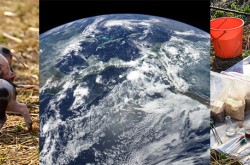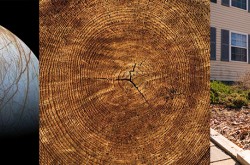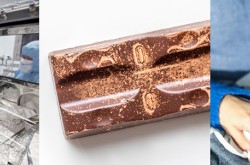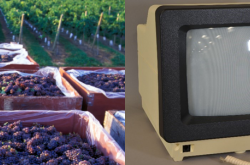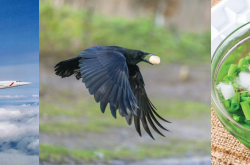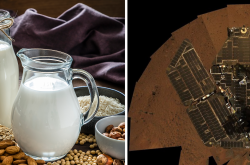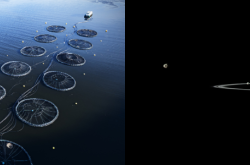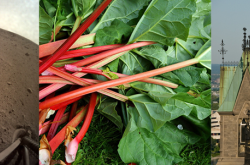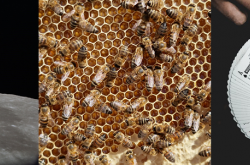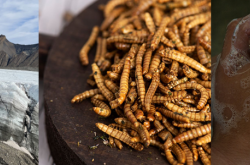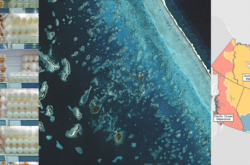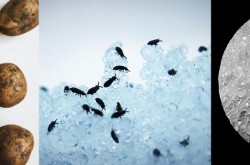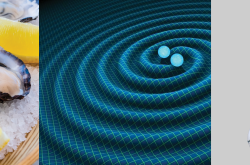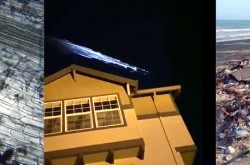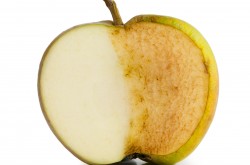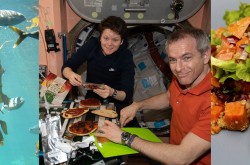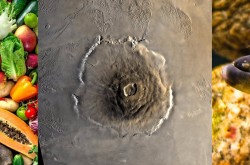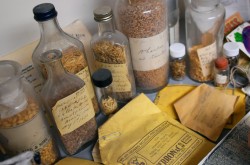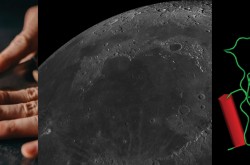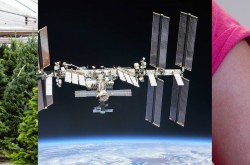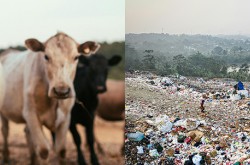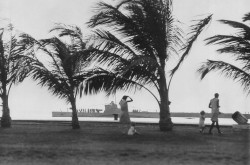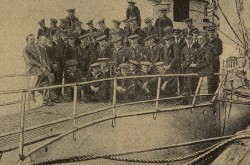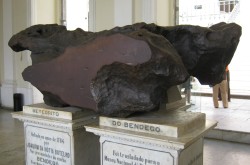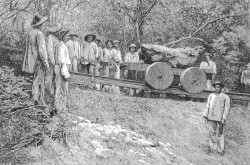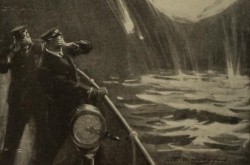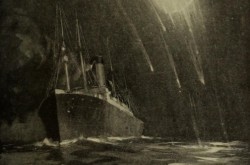Science Literacy Week: 6 great ways to learn about climate
Looking for ways to take part in Science Literacy Week (Sept. 20—26, 2021)? We've got you covered with this list of engaging teaching and learning resources. You’ll find something for all ages…with a focus on the theme of climate.
Science Literacy Week is dedicated to showcasing and celebrating the diversity of science across Canada. It offers an opportunity to engage with science, and explores the role it plays in tackling the important problems our society is facing today.
This year, the unifying theme is "Climate".
Canada is home to a diverse range of climates. From semi-deserts in mountain valleys, to coastal temperate rainforest and frozen subarctic, we've got it all! This year's Science Literacy Week encourages us to take a look at how our climates have changed, what our environment may look like in the future, and how this impacts all of us.
To help educators and teachers explore the topic of climate science with their learners, we rounded up some of our best resources and happenings — all in one place!
Here are six (plus one bonus) suggestions for ways to highlight #SciLit week!
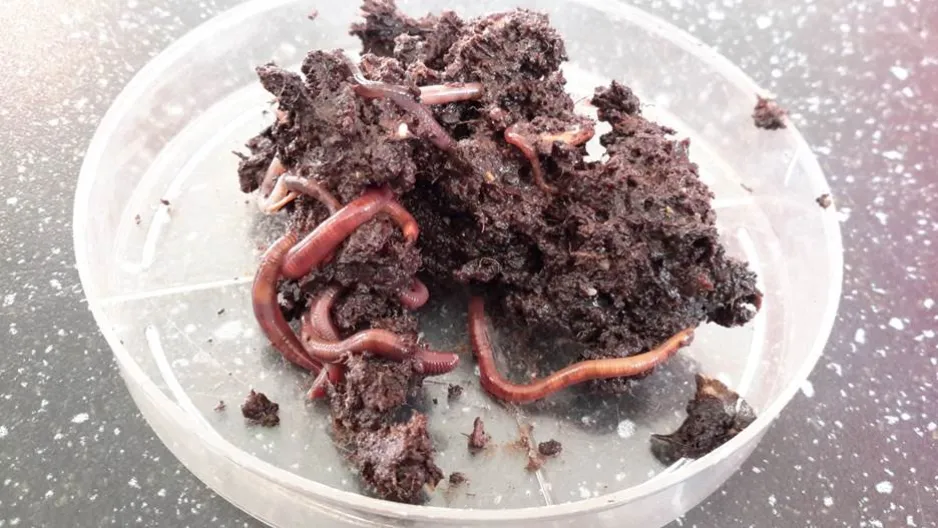
1. Attend a FREE virtual presentation.
On Friday, September 24, 2021 at 1 p.m. EDT, join Renée-Claude, Science Advisor for the Canada Agriculture and Food Museum, for a virtual French-language presentation entitled, “Meet the soil critters: a microscopic journey.” Explore the microscopic world of the vermicomposter — or worm bin — and learn how healthy soil is part of the climate solution!
Ingenium is collaborating with the Canadian Association of Science Centres (CASC), Exploring by the Seat of Your Pants (EBTSOYP) and 19 science centres, museums and science communication organizations to bring free virtual presentations to classrooms across Canada.
Register here!
2. Download free lesson plans and classroom activities.
Did you know Ingenium has a range of curriculum-based lesson plans and educational programs?
- Investigate wind energy with the Women in STEM initiative. Check out the Designing a Brighter Future educational resource.
- Examine climate change adaptation and mitigation with the Let's Talk Energy initiative. Download the Climate Change Adaptation lesson plans and infographics.
-
Explore agriculture's role in climate adaptation with the Agriculture and Food Museum. Take a look at an educational activity kit called Agriculture and the Environment.
3. Download climate change infographic posters.
Six colourful, infographic posters explain the main features of climate change and its effects on the environment. Choose from:
4. Watch these fascinating videos about climate science and renewable energy.
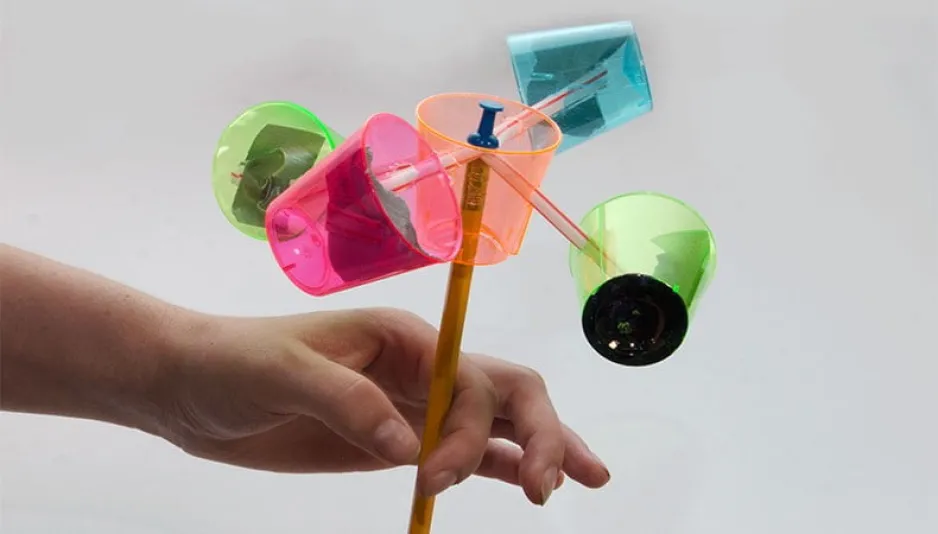
5. Explore renewable energy with a science craft.
6. Visit one of our new exhibitions.
If you are in the National Capital region, check out these three new exhibitions at the Ingenium museums:
- Soil Superheroes at the Canada Agriculture and Food Museum
- Eyes on the Skies: Managing Air Traffic in Canada at the Canada Aviation and Space Museum
- Earth in Focus: Insights from Space at the Canada Science and Technology Museum
Outside Ingenium
To see all the Science Literacy Week activities happening across Canada, visit the Events section of the Science Literacy Week website. You can also download free climate-themed educational posters to display!
Finally, you can follow Science Literacy Week on social media with the hashtag #SciLit.
Happy exploring!
Enjoying the Ingenium Channel? Help us improve your experience with a short survey!



